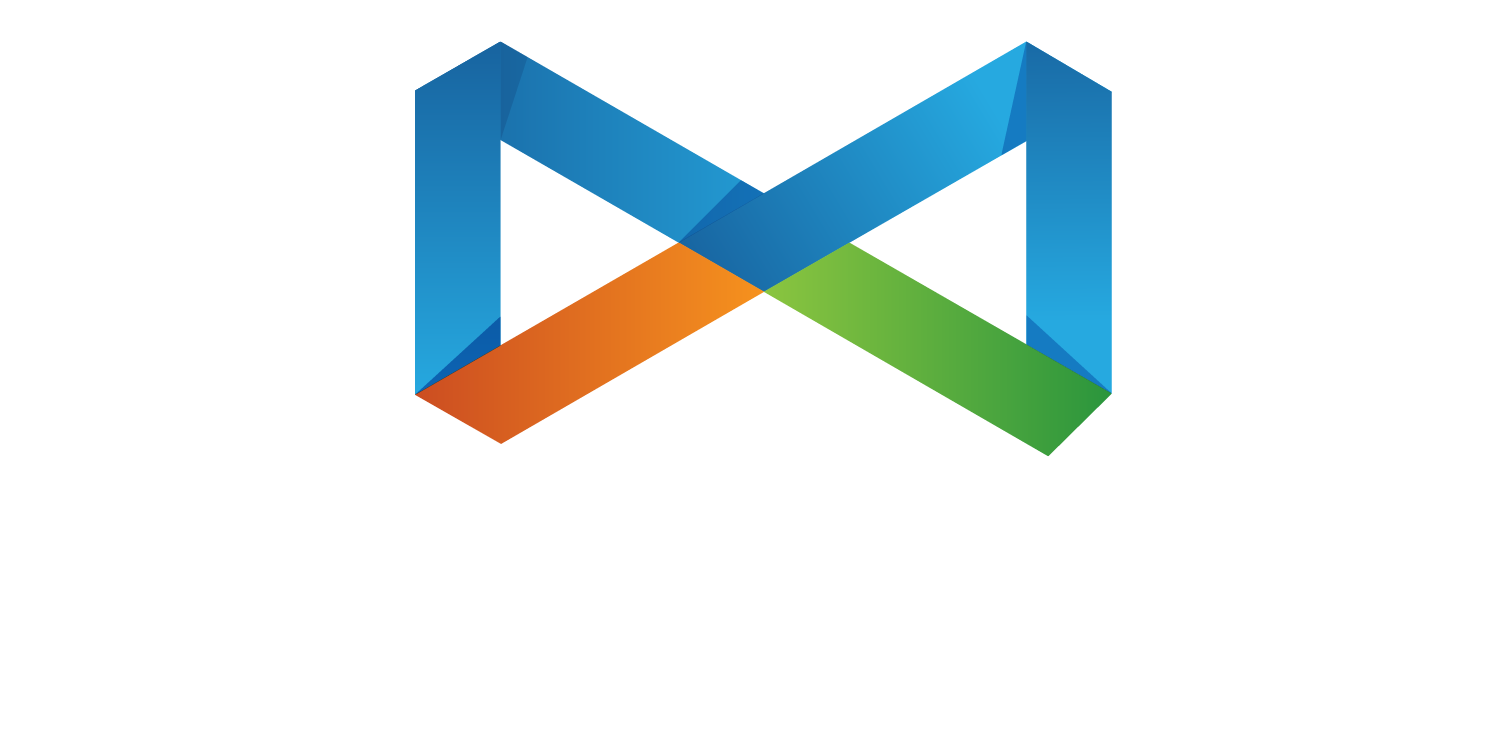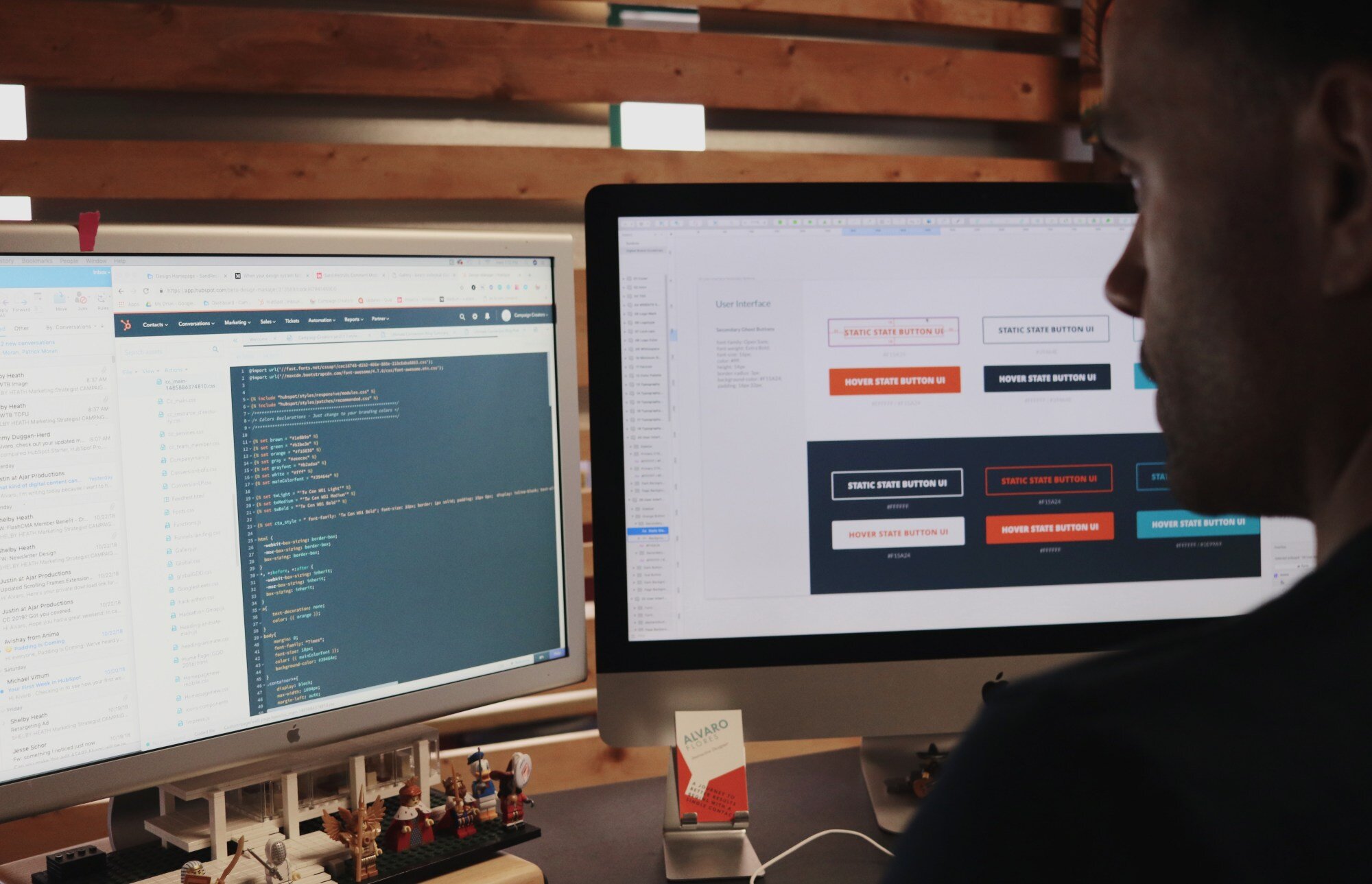Technical SEO is responsible for optimizing your website for the crawling and indexing phase. With technical SEO help, search engines will have no trouble accessing, crawling, interpreting, and indexing your website. In fact, technical SEO is a vital segment of search engine optimizing. If something goes wroth with t, the whole content optimization will fail to generate the expected results.
Understanding how technical SEO works and improving it is important for anyone involved in digital marketing. Performing a technical SEO audit of your website will detect all the problems and fix them in a way that they won’t reoccur. Before all, improving your site’s technical SEO is a process that takes several steps to complete.
Checking the sitemap and indexing
After you get a better understanding of what technical SEO is, you need to review your website’s infrastructure, so to say. If you still haven’t created a sitemap, now is high time to do so. It is responsible for informing the search engine of your website’s content structure, allowing it to discover fresh content.
In general, the sitemap should be clean in the sense that it shouldn’t contain errors or blocked URLs. It should be updated in its entirety every time content is added or removed from the website so search engines would be able to discover novel content fast. Finally, the sitemap should be registered in Google Search Console. This can be done either manually or by specifying its location in the “robots.txt file.”
Once your website’s sitemap is fully functional, it is time to turn to individual pages indexed by search engines. This figure determines the strength of the domain and in ideal circumstances; it should be close to the total number of pages on the site. If the gap is bigger gap than expected, you'll need to go through your disallowed pages.
Crawlable resources
Powerful as it might seem, the “robots.txt” file is just one way to restrict pages from indexing. For instance, JavaScript and CSS files are critical to a webpage’s rendering and they need to be tuned as well. For this reason, you’ll need an SEO crawler used by digital marketing agencies like GWM to run a comprehensive crawlability check.
By using an SEO crawler, you’ll be able to find which pages and resources are restricted from indexing. Once the full list of blocked pages and resources, you’ll be able to fix the ones that aren’t intended to be blocked.
Finally, you should check for orphan pages. These are the pages that exist on your site but feature no internal links. Search engines seldom discover them and even then, they’re likely to crawl them quite infrequently. To check your website for the presence of any orphan pages, you need to rebuild your WebSite Auditor project. After the rebuild, you’ll have no problem listing all the orphan pages.
Restricting indexation and adding URL parameters
Going back to the topic of indexation, there are going to be pages that have zero SEO value. Such pages should have indexation restricted to save on the crawl budget. Usually, these are the pages that you wouldn’t expect to appear in the search results.
If someone types in “hand cream” then they are interested in purchasing this product, not reading about the terms and conditions posted by the manufacturer. The same goes for expired promotions and privacy policies which are both of little or no interest to a visitor. That’s the reason why such pages should be excluded from search results.
Speaking of search results on Google, we have already mentioned the Google Search Console. There is a high probability that Google will crawl the same page with different URL parameters separately. This would result in two pages being portrayed as one, which is not the goal of SEO. That’s why you should add URL parameters to the Search Console to let Google know that it’s the same page so crawling can be performed in a more efficient manner.
Auditing internal links
The more shallow and logical the structure of the website, the better will the user navigate it. A useful navigational tool is internal linking which should be audited from time to time in order to check click depth, broken links, and orphan pages.
A general rule of SEO states that the most important pages should not be more than 3 links away from the homepage of the website. Again, WebSite Auditor will help you determine your website’s click depth. Once you get an overview of all the URLs, determine which links are vital and move them up the chart, to the aforementioned 3 clicks away from the homepage.
Your crawl budget can be put to waste by broken links. More importantly, they trick visitors into eating up your pages’ link juice, i.e. ranking power. The infamous “404 Not found” error is what frustrates visitors the most, so make sure there are no broken links due to a wrong code or temporarily moved pages.
Improving pages’ speed
It is not just our society that seems to have sped up but Google as well. It has officially recognized that the loading speed of a page is a ranking signal. This means that your page needs to load in two seconds or less; otherwise, you’re going to start dropping from the rankings. Another aspect of speed is its impact on UX because pages that are slow to open receive higher bounce rates and their conversion rates aren’t particularly impressive. No wonder then that responsiveness is taking priority in the web design of e-commerce platforms.
Speed should be a top priority because the page’s ranking signal plays a role both for desktop and mobile search results. Checking if your pages are fast enough to pass Google's speed test, use the Content Analysis feature in the WebSite Auditor project. In the case of any pages failing the speed test, study the reason in detail and take the editing tool’s recommendations on how to increase the speed.
There are several techniques to improve your site’s technical SEO but this 5-step guide is more than enough to get you started with. The trick is to find reliable tools, programs, and marketing agencies that will help you facilitate the effort to improve the technical SEO of your website. As our knowledge and understanding of SEO increase every day, novel tactics for improving technical SEO are bound to surface so be sure to follow all the trends search engine optimization.












